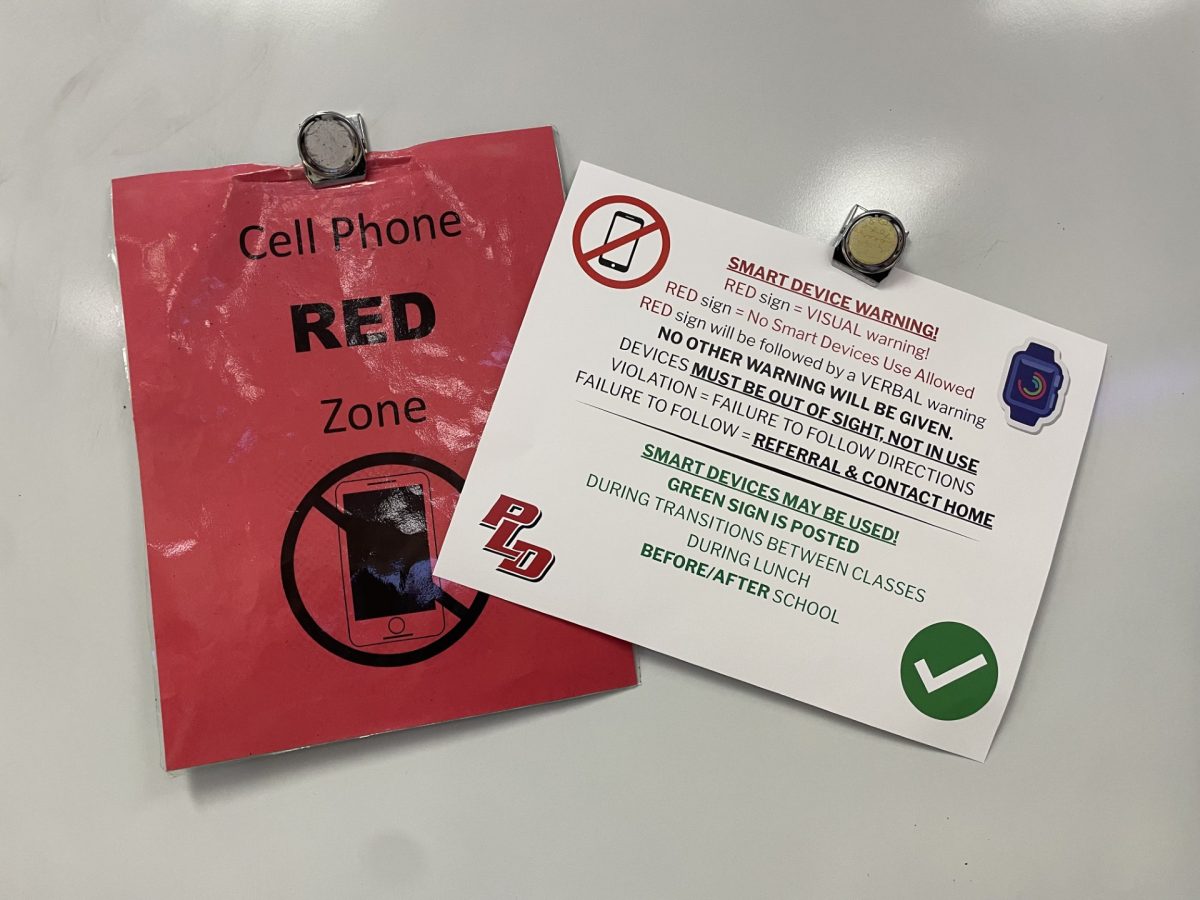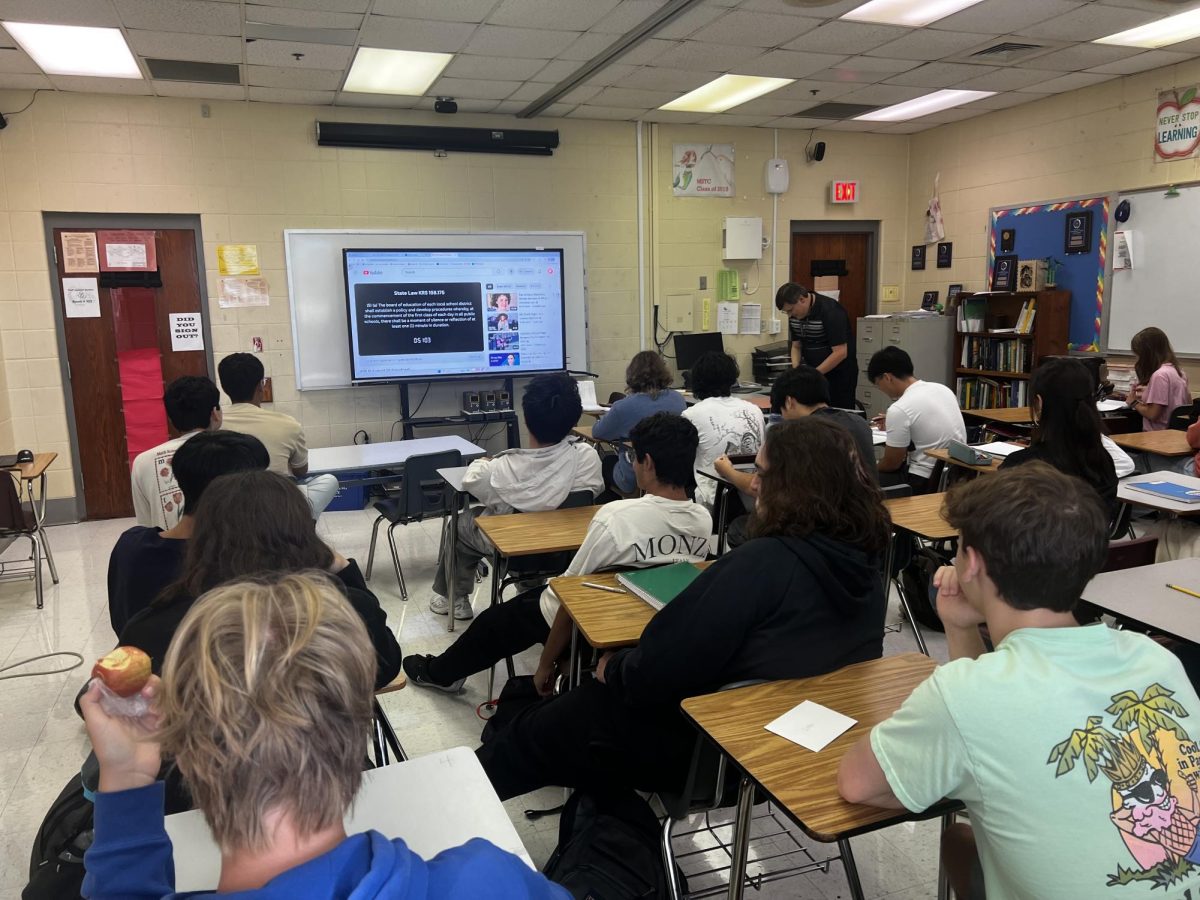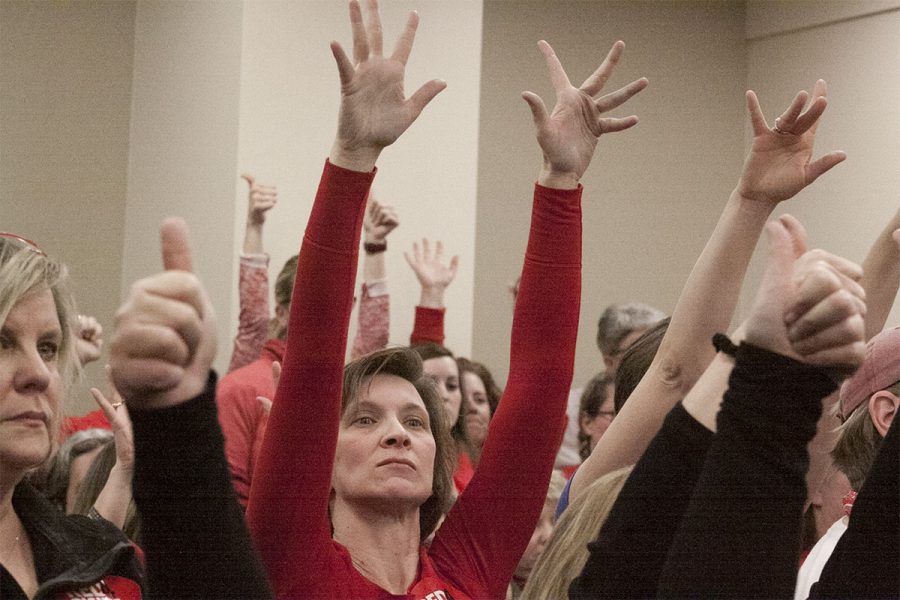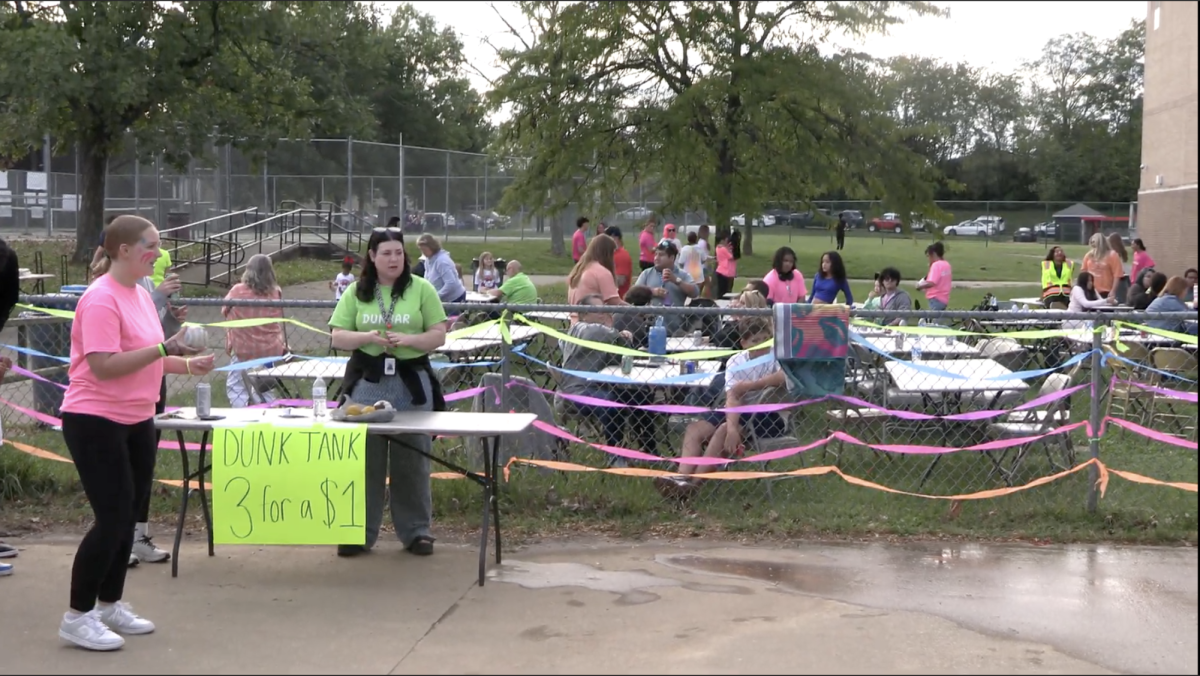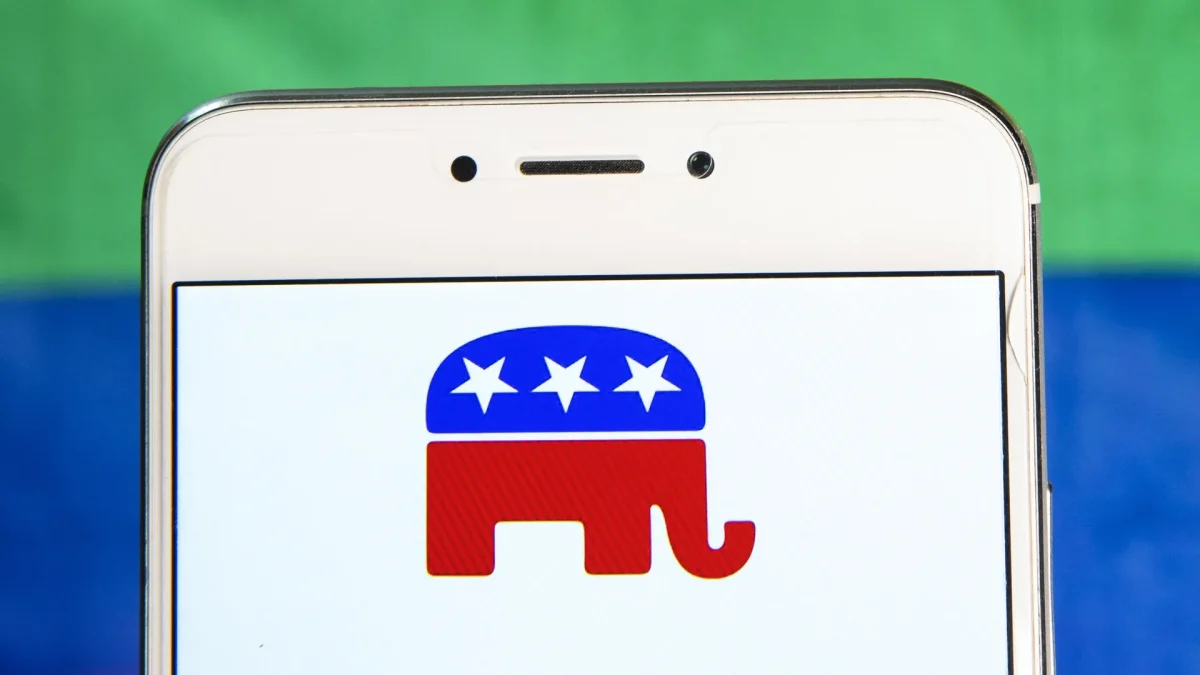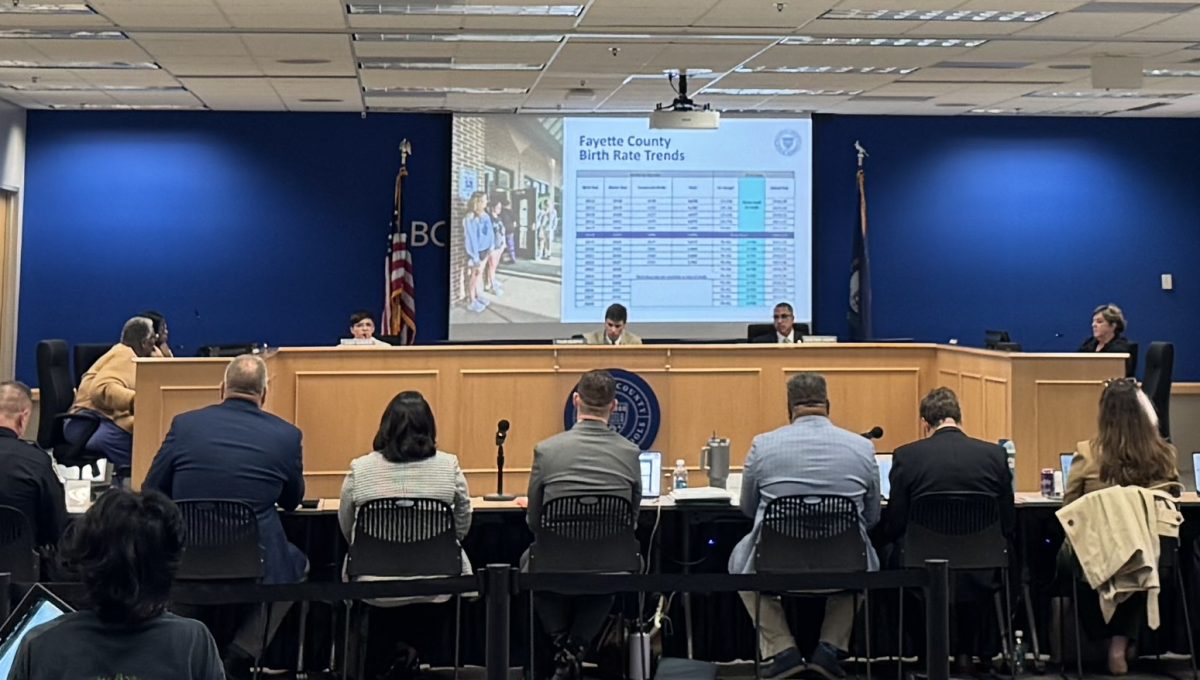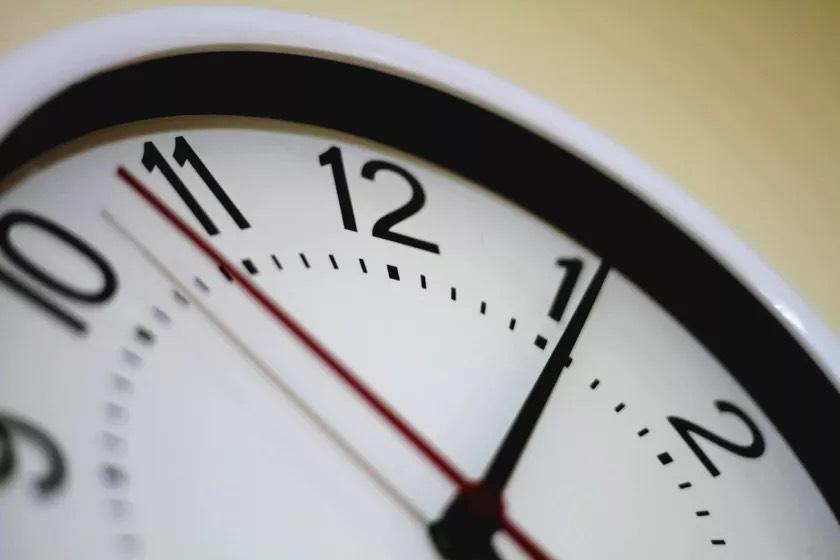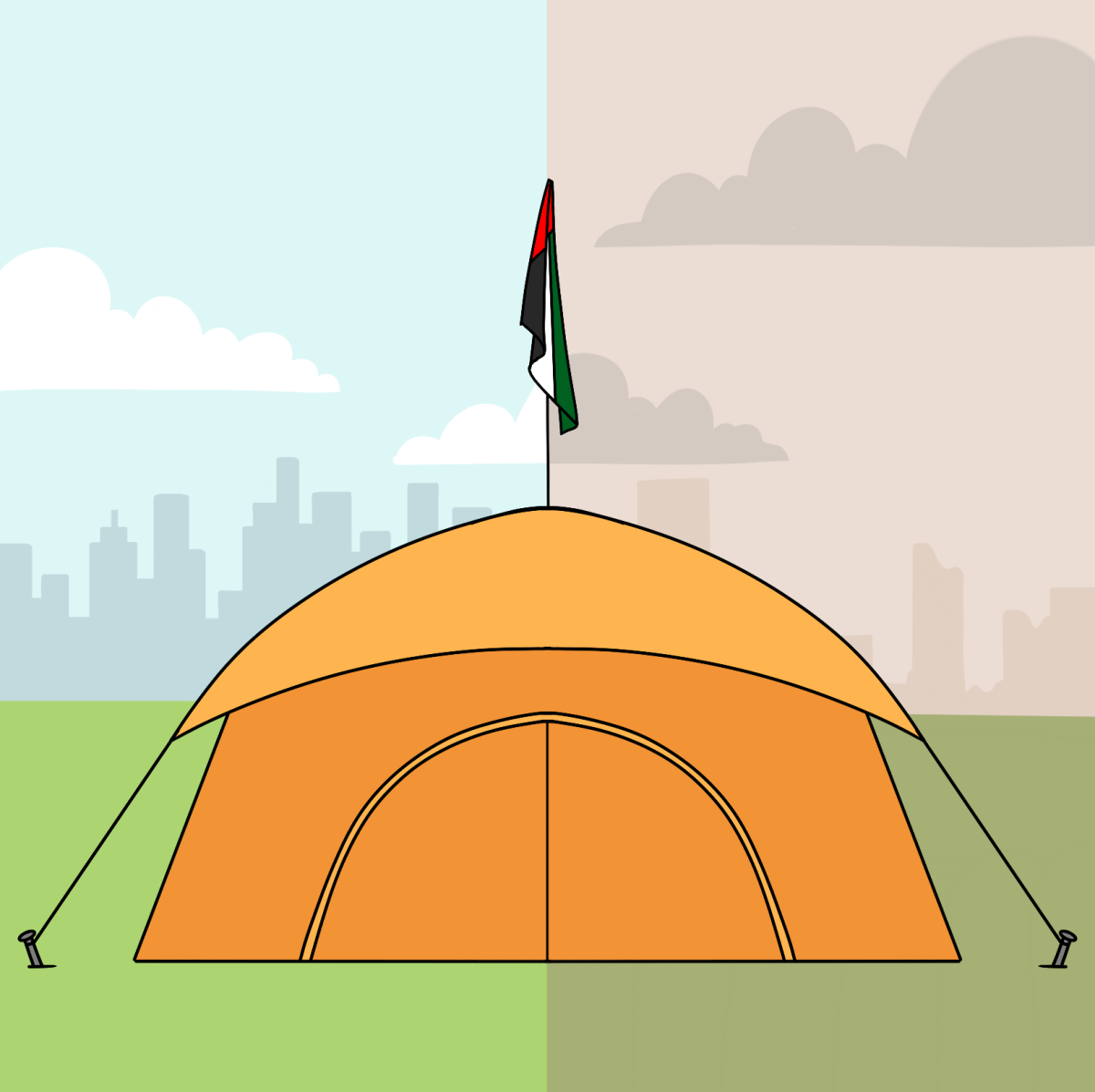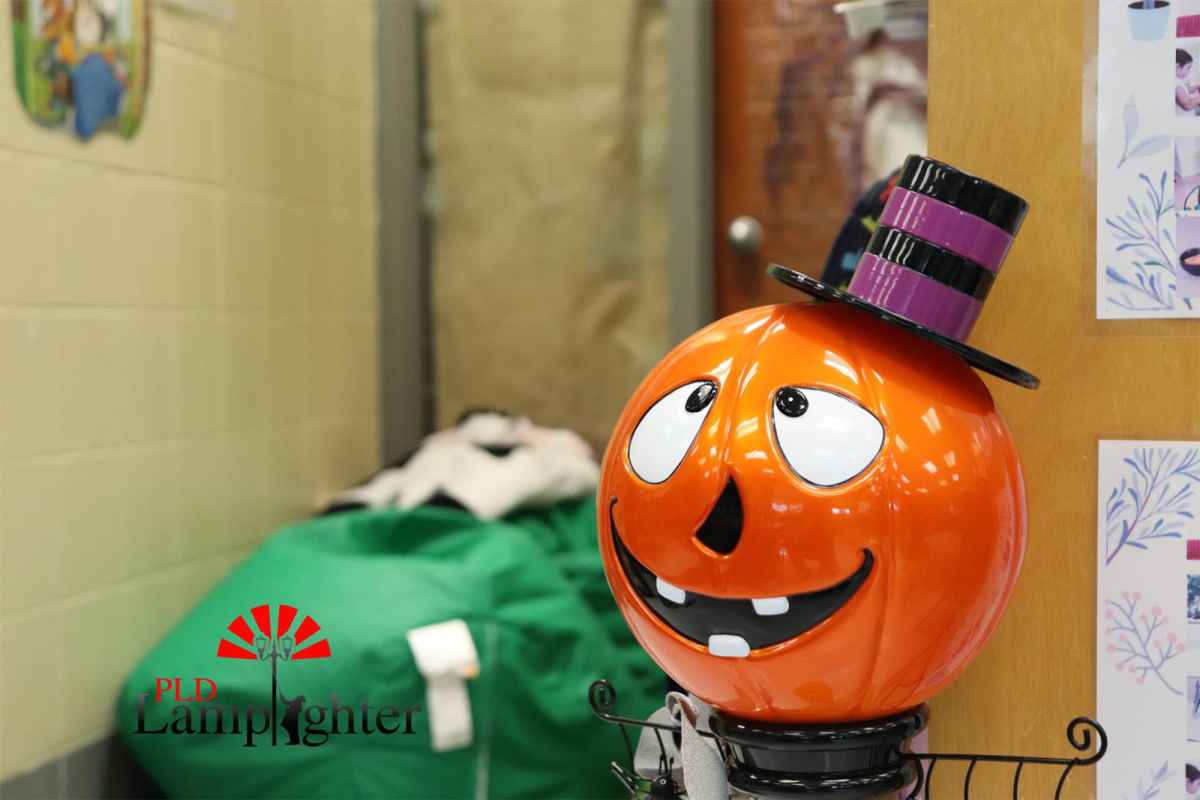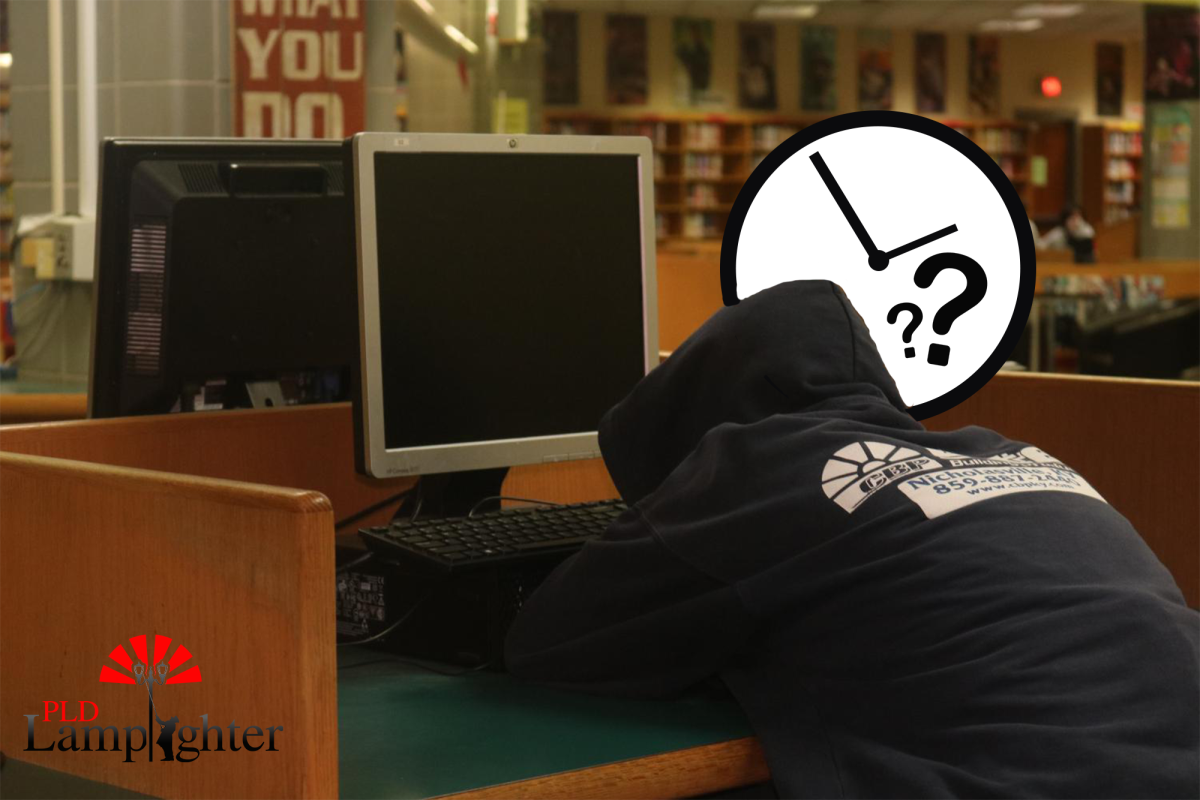Stereotyping is when people group others by one general characteristic. These groups are often by race, gender, economic status, sexual orientation, etc. Simply Psychology says that we often stereotype people to better respond to situations we’ve experienced before. But what about the negative side effects that come with it?
Stereotypes can often affect the judgment of people based on what group they are considered to be in. For example, people with mental illnesses are often regarded as dangerous or unstable. These connotations can prevent them from seeking treatment, which may lead to worsening conditions. “My great uncle was denied countless jobs and neglected by his teachers due to them thinking he was dumb because he has cerebral palsy.” Dunbar student Matthew Smith said.
Another damaging stereotype is concerning gender. Women are often viewed as lesser than men, and because of this there are hidden attitudes towards women that are deeply embedded in our society, The United Nations said. In court systems regarding sex workers in cases of rape, judges’ views can be affected by prejudices previously held by them. This often leads to the victim being blamed instead of the assaulter.
Racial stereotypes are a frequent issue in many aspects of everyday life. Racial stereotyping is making an over-generalized belief about a race as a whole. This may not sound like a large issue, but the behavioral side effects and micro-aggressions that come with it take a toll. People of color can often be denied a job because of how their name sounds when an employer is reviewing their resumes. A common micro-aggression some don’t realize is assuming a person of a race has a certain job.
Schools are, unfortunately, another place wearing stereotyping is a frequent occurrence. According to a study done in 2016, young black students were seen more negatively than their white peers. Latina and Hispanic children were found to be more likely to be treated as though they were unintelligent. The most apparent racial stereotyping came from white adults towards teens.
A PLD sophomore was asked about the matter. “When I was in kindergarten this girl asked me if I was dirty and I told her no and she basically said that she thought I was covered in dirt and should try bleach [because] that’s what her mom used when she had stains on her clothes,” they said,” And [once] there was a group activity of naming colors and the group I was in had her in it. She kept making jokes that I stunk and didn’t take a bath even though it wasn’t true. In the third grade, it was [because] of my hair.”
Another Dunbar student, Hiba Omari, had some insight as well. “Unfortunately it happens often, but one specific situation was when I was put into a group for a group project and someone in my group remarked that the blonde, white girl was probably too stupid to do any meaningful work and that he [demanded] another group member to replace her.”
Stereotyping is a large-scale issue that affects many people in every community, but the real question is: how do we stop it? Well, the honest answer is that there isn’t one solution that is going to fix the issue overnight. However, there are small things that we can do to overcome it. Greater Good Magazine said the best way to do this is by focusing on a person’s characteristics rather than their group identity. Doing this can enable us to become a more open-armed society that encourages individuals to be the best version of themselves.



